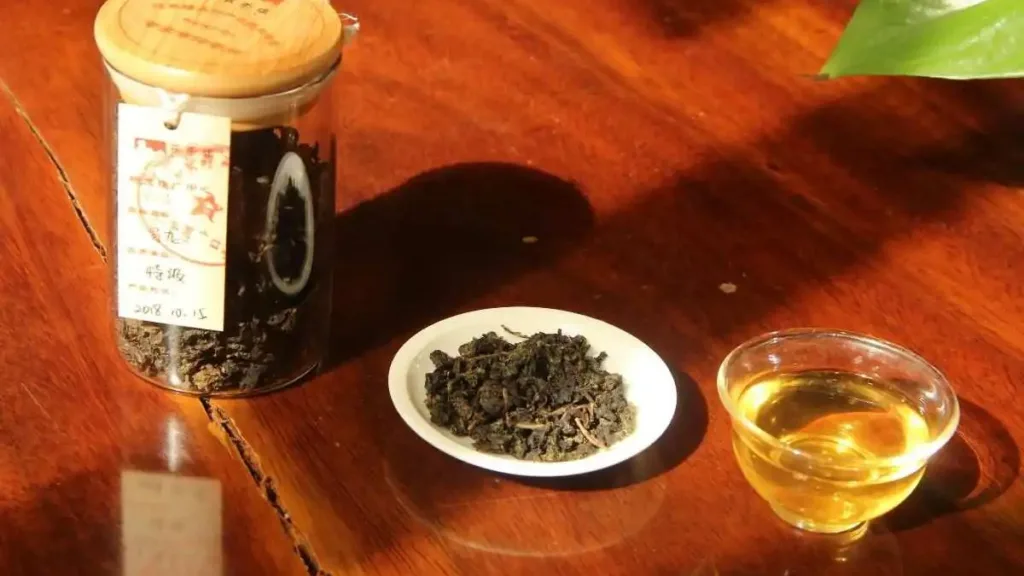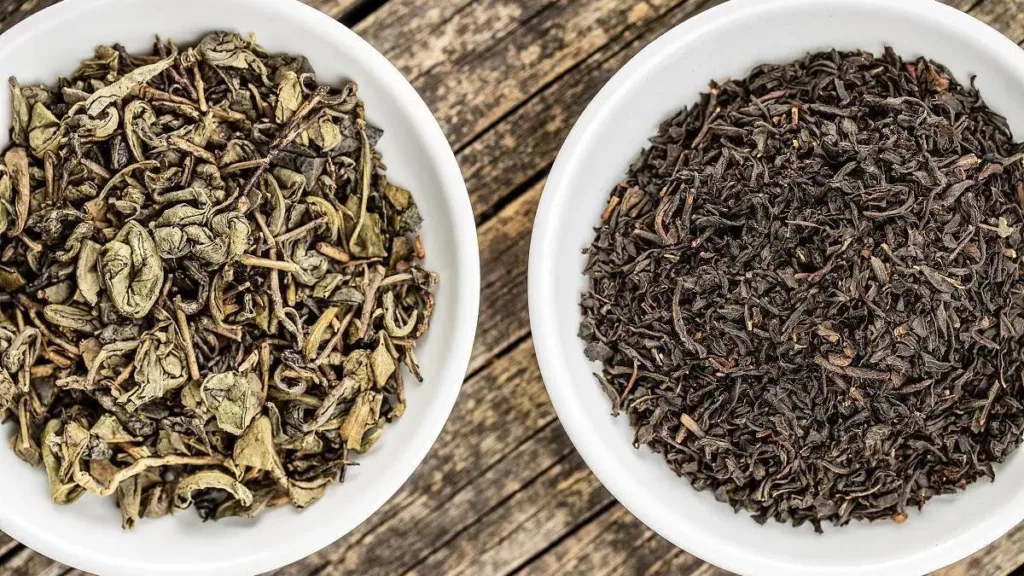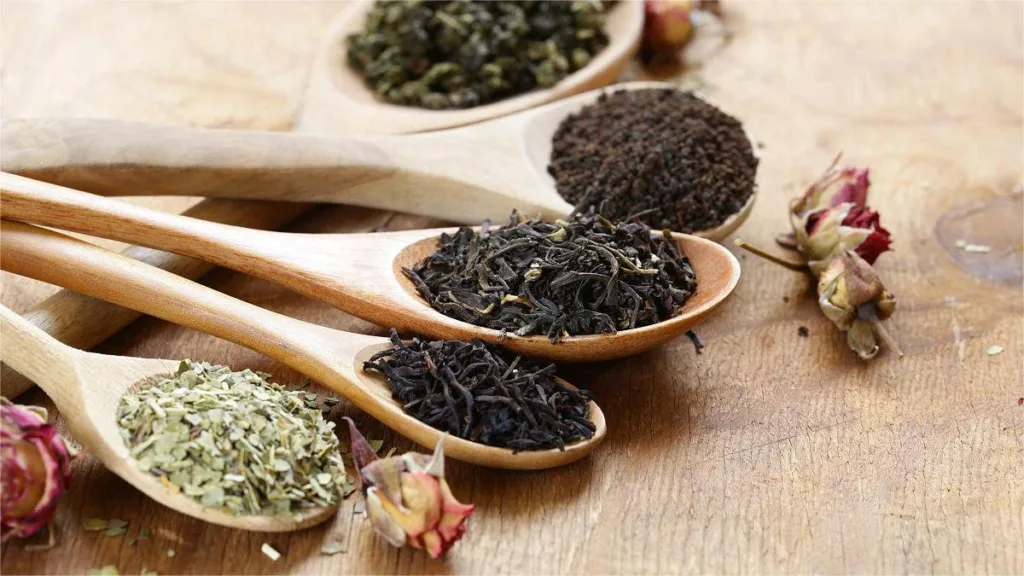Tea, an integral part of Chinese culture, has been traditionally prepared using hot water. However, a novel approach has emerged—microwaving tea. This unconventional method is not only a departure from the customary way of brewing tea but also raises questions about its impact on flavor and health benefits. In this discussion, we will explore the practice of microwaving Chinese tea, including the reasoning behind it and its potential effects.
Microwaving to Brew Tea:
The conventional method of brewing tea involves steeping tea leaves in hot water. The temperature of the water is crucial, and it is commonly believed that it should not be too hot or too cold. Surprisingly, microwaving cold tea is suggested as a viable option for reheating, but with a caution against repeated heating. It is emphasized that reheating the same cup of tea multiple times may have adverse effects.
Microwaving to Dry Tea Leaves:
Another intriguing aspect is the use of microwaves to dry tea leaves. The process involves spreading the tea leaves evenly to prevent uneven heating and potential scorching. While it is acknowledged that microwaving can effectively dry various materials, such as food and fruits, the necessity of directly drying tea leaves post-brewing is questioned. The consensus seems to be that unless one is conducting an experiment, microwaving post-brewed tea leaves may not be necessary.
Home-Made Tea Production:
Shifting gears, the discussion transitions to the process of home-made tea production. Selecting the right time for harvesting is emphasized, typically during early spring or late spring to early summer when the tea leaves are tender. The narrative advocates for cultivating tea plants in one’s home or backyard, facilitating convenient harvesting. Proper timing and weather conditions for picking the leaves are crucial, and attention to cleaning the harvested leaves is highlighted. The final steps involve drying and rolling the leaves before allowing them to air-dry and, ultimately, becoming ready for consumption.
Microwaving Tea: A Health Perspective:
The narrative takes an interesting turn by delving into the health benefits of tea consumption and how microwaving might impact these benefits. The traditional steeping method is seen as insufficient for extracting the full range of health-promoting compounds, such as catechins, which have potential effects on blood sugar and cholesterol. It is argued that microwaving at 50% power for half a minute, followed by an additional minute, can release 80-92% of catechins, providing a shortcut to enhance health benefits.
However, a significant drawback is highlighted – the intensified bitterness of the tea. Catechins and other polyphenols, responsible for the bitter taste, are released in higher concentrations through microwaving. This trade-off between health benefits and intensified bitterness underscores the complexity of microwaving as a tea-brewing method.
Conclusion:
In conclusion, the practice of microwaving Chinese tea introduces a novel perspective on brewing methods, challenging traditional approaches. While it offers a shortcut to extract health-promoting compounds, the compromise in flavor, particularly the increased bitterness, raises important considerations. The choice between traditional brewing and microwaving may depend on individual preferences, with some valuing efficiency and health benefits, while others prioritize the nuanced flavors derived from traditional methods. As tea culture continues to evolve, the debate over microwaving tea serves as a fascinating exploration of the intersection between tradition, convenience, and health.



